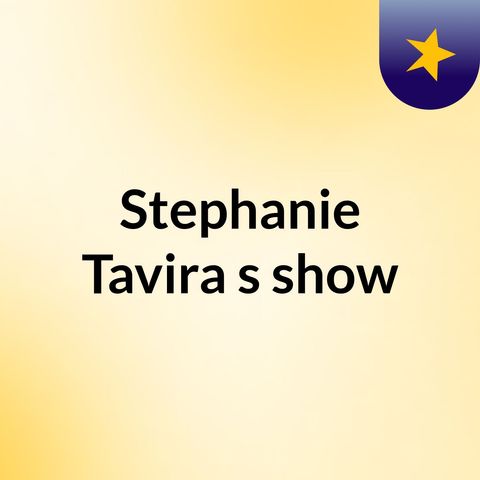Podcast Ch. 16

Download and listen anywhere
Download your favorite episodes and enjoy them, wherever you are! Sign up or log in now to access offline listening.
Nov 30, 2018 ·
5m 14s
Writing, according to our text, is defined as the symbolic representation of language through the use of graphic signs. This system has to be learned through sustained conscious effort. Writing...
show more
Writing, according to our text, is defined as the symbolic representation of language through the use of graphic signs. This system has to be learned through sustained conscious effort. Writing is a relatively new phenomenon, and not every language has a written form. In fact, even among people whose language has a writing system, there is a large majority of people who can’t use the writing system. Writing may be able to be traced back at least 20,000 years ago to cave drawings, or 10,000 years ago to clay tokens. However, they are most likely precursors to writing. The earliest clear evidence of writing is about 5000 years old. 3000 years ago, inscriptions were being used in an ancient script that has a better connection to the writing system we use today. While cave drawing are precursors to written language, they are better thought of as pictorial art. Pictograms is when pictures are used to represent something and can also be referred to as picture-writing. Similar to the way we interpret words, we also interpret the pictures. For example, a circle surrounded by extending lines can be interpreted as the sun. However, it can also come to mean heat. This is considered to be idea-writing, or ideograms. The difference between pictograms and ideograms is the difference in the relationship between what the symbol is and what it represents.The similarity between them is that neither represent words or sounds in any particular language. If a symbol is used to represent a word in a language, then is it a logogram. Logogram is a way of writing in which each symbol represents a word. An example of this would be when a squiggly line came to be used for the actual word meaning of water. A modern logogram is the @ symbol as well as the $ symbol. In China, they use symbols, or character, to represent the meaning of words and not the sounds of the spoken language. This system is based on the use of logograms. A benefit to this system is that it means that individuals with different dialects can both read and write the same text. However, a disadvantage is that there has to be a large number of different symbols required within this writing system. Some list of characters used in China have up to 50,000 characters. This would make it hard to truly master the writing system. The pattern of using existing symbols to represent sound of words in language is described as the rebus principle. This is the process of taking one symbol for one entity and using it as the symbol for the sound of a spoken word. There is also syllabic writing, which is when a writing system employs a set of symbols, with each one representing the pronunciation of a syllable. No writing system consists of purely this. However, modern japanese can be written with a set of single symbols representing soken syllables. There is also alphabetic writing, which is a way of writing in which one symbol represents one sound segment. While the alphabetic writing system is based on the correspondence between a single symbol and a single sound, there is still a lot of variation in how the English language is written compared to how it sounds. An example would be in the words critique and queen. Both of them use the vowel sound represented by i, but are written in different ways. Written English is not always as consistent as Italian or Spanish, which have writing systems that hold much more closely to the one sound, one symbol principle.
show less
Information
| Author | Stephanie Tavira |
| Website | - |
| Tags |
-
|
Copyright 2024 - Spreaker Inc. an iHeartMedia Company
